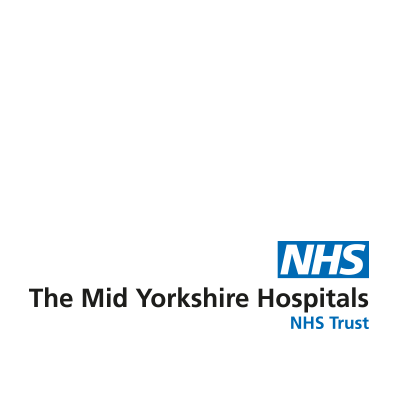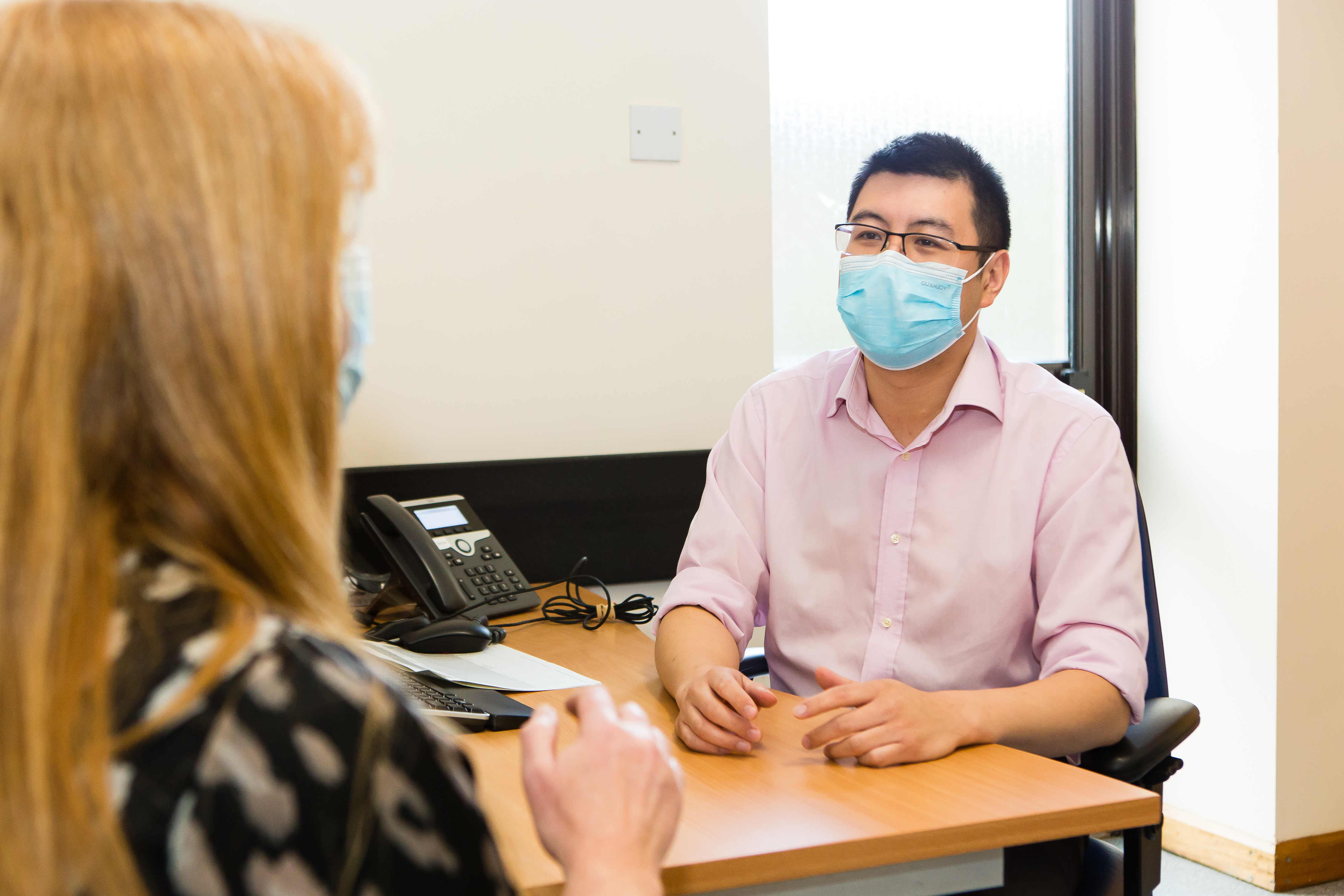
Key focus:
Looking after our people
- Physical wellbeing
- Mental wellbeing
Background
The COVID-19 pandemic has changed what is expected and what can be done in terms of staff wellbeing. Across this period of extreme pressure on the NHS, Mid Yorkshire Hospitals NHS Trust (MYHT) – like many other trusts – rapidly scaled up their staff wellbeing offer. This case study explores what the trust put in place and how they have since developed it.
Accelerated mental wellbeing provision
During the peak of the pandemic, MYHT recruited in-house psychologists across to their staff wellbeing programme. The trust’s workforce team already had strong relationships with clinical psychologists due to previous collaboration on organisational development (OD) work, and the co-production of training programmes. The psychologists provided dedicated support and wellbeing assistance to staff, as well as producing psychological wellbeing videos to encourage self-awareness and self-care.
With the help of these psychologists, and also of chaplaincy staff, MYHT's workforce team rapidly developed a wider support offer covering:
- 1:1 Support Staff Service, offering confidential appointments with professional support staff and screenings for PTSD
- spiritual and religious support by the chaplaincy service
- advice on dealing with bereavement and grief
- advice and checklists for team leaders and line managers, including Schwartz rounds and training in techniques to helps colleagues notice when each other are struggling
- COVID-19 related e-learning and buddying for new starters or re-deployed staff
- introduction of common rooms where staff can go to take some time out before, during or after stressful shifts.
A six-figure investment from the board enabled this work, and the creation of a permanent wellbeing team. However, Richard Firth, assistant director of organisational development, is of the opinion further investment is needed. The wellbeing offer has been so successful that the wellbeing team has all of its support sessions constantly booked up. There is, then, a strong case for expanding this work and Richard would like more capacity to work on proactive, as well as reactive, wellbeing offers.
Health and wellbeing conversations
MYHT have also spent considerable time implementing the 2020/21 People Plan's ask for staff health and wellbeing conversations. Chris Mannion, deputy director of workforce and organisational development, was clear that the trust should take a qualitative, rather than quantitative approach. Chris and his team were aware that the completion rates of these types of conversation might need to be monitored in future but made a conscious decision to devise a process focused on adding value for staff rather than one designed with compliance in mind.
All staff in the organisation are encouraged to have these conversations. In collaboration with the psychology team, the workforce team have developed a suite of tools, guidance and information to support these conversations.[1] Staff have the option to carry them out with their line manager, someone else, or not to have them at all. They are framed as a supportive conversation with someone you can trust, and last around an hour. The intention is for the conversations to be preventative, allowing staff members to talk about, and make plans to address, their experiences and their health and wellbeing needs in a supportive environment.
The conversations are not documented – there is no expectation that the content of the conversation is recorded on personal files, as the trust understands that this might discourage openness or affect staff members’ decisions to participate. The only measure that the trust is tracking is whether staff have had a conversation, or if they have consciously opted not to have one. Of course, this approach does limit ways to track the impact of the conversations, other than general indicators such as reductions in staff absence. However, before roll out the approach was piloted with colleagues at board level, and it was successful. One colleague reported that he had learned things about his line reports that he had never realised before. This was encouraging evidence that the approach could create an open, safe environment, and so the team implemented it more widely.
Within 16 weeks of the launch, 43.4% of the organisation had either had a health and wellbeing conversation (circa 1200 people), or consciously opted out of having one. A survey of those that have opted out shows that 21% of respondents already felt that they have regular conversations about health and wellbeing with their manager at work.
Introduction – Purpose of session, confidentiality and outcomes
Reflecting back on the past year – How has the pandemic impacted your work, health and wellbeing?
Goal: what do you want? – What aspects of wellbeing are important to you?
Reality: where are you now? – How are you feeling about your work wellbeing and general wellbeing at the moment?
Options: what could you do? – Help you to think about what options are available to you in regards to your wellbeing? Look at signposting guide.
Will: what will you do? – Help to think about what changes (if any) you would like to make in regards to your wellbeing. You may complete a MY Wellbeing action plan to record what you will do to support your health and wellbeing
Closing: agree next steps – When will your next health and wellbeing conversation be (three or six months)?
There has been a good amount of feedback on the conversations so far, with a series of positive quotes:
On the whole I feel this was an overwhelming positive experience. During the session we
were able to identify specific areas where I feel I lack experience and require more training and
mentoring. I feel that the dedicated time spent having this conversation with a manager really
helped facilitate this. I feel that all staff would probably benefit from a session such as this.
I genuinely had a nice chat... away from the tick box feeling of our usual supervision... perhaps this is what we all need.
The workforce team is now working to promote the health and wellbeing conversations and let staff hear from peers as to their benefit. They have collaborated with the internal communications team to produce promotional screen savers, intranet posts, bulletins, and training webinars. Chris is working towards a response rate that's

close to 100% but is aware that this hinges on word of mouth and the conversations being of benefit to staff. In this vein, he is planning to use the information gathered in the survey of staff who have opted out to help inform further communications and training, to engage as many staff as possible.
Key enablers
Additional funding from the board has been crucial to setting up the wellbeing team. Board buy-in more widely has also been a key enabler, with understanding at senior levels of the organisation about the intrinsic importance of staff health and wellbeing to service delivery.
Leading by example is therefore important to ensure staff welfare. The health and wellbeing conversations are gaining traction, with more to come, including a business plan for a musculoskeletal care offer in the works from the workforce team.
MYHT has a clear understanding that their service cannot work when staff are not in a good place, and they are investing significantly to guard against this.